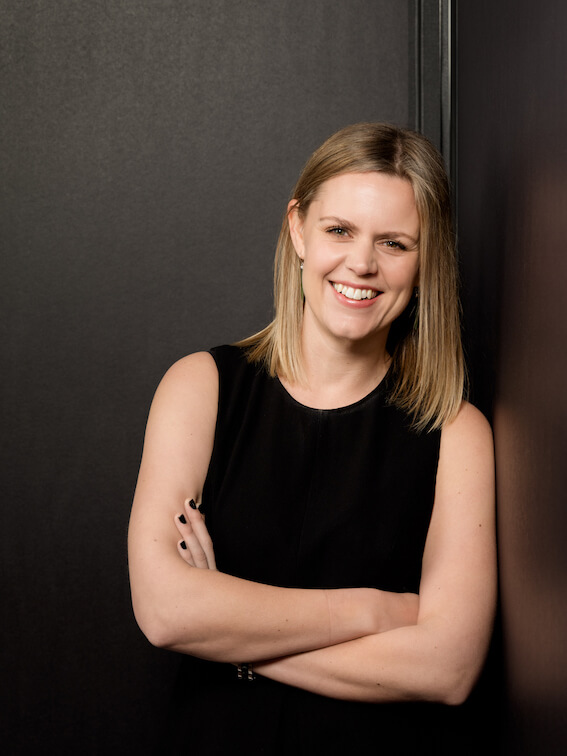3 min read
Are you having the wrong argument? The value of focus
 Alicia McKay
Feb 12, 2025 11:39:52 AM
Alicia McKay
Feb 12, 2025 11:39:52 AM
I love a good argument, especially as part of a strategic planning process. In a good argument, everyone’s point of view is fully and respectfully heard, and our ideas and options become stronger with testing and refinement. Arguments contribute to the three most important characteristics of any strategic decision process: fullness, fairness, and focus.
But many of our arguments aren’t good ones. They’re messy, frustrating discussions that get stuck in the weeds and leave people feeling more hopeless than when they started.
Instead of getting excited about the big picture – a shared idea of the future, essential values to protect, new ways to create value – we go to war on the details.
This is usually an error in design.
For important choices made by two or more people, we must decide how we will decide before we try to make decisions. Otherwise, we risk having the wrong argument.
Worse still, in a collaborative environment, we risk everyone having a different conversation. In a Council budget workshop, for example, it might sound a bit like this:
Urban development budget workshop version 1
Councillor 1: “Upgrading footpaths is not the best use of our limited urban development funding this year.”
Councillor 2: “How would you get around town without footpaths?”
Councillor 3: “If you think the Council isn’t responsible for footpaths, it’s worth asking what we’re doing here.”
Officer: “We have 20.4 kilometres of footpath in the urban area, and the Council is responsible for all those.”
Councillor 4: “The community wants a nice place to spend time. That’s how we drive social cohesion: place-shaping. I think we can all agree that it’s about trees and lighting. Who cares about the footpath?”
Councillor 5: “Business owners! They are concerned about their parking. Most people won’t go to town if they can’t get a park. What about parking? Are you saying it doesn’t matter anymore?”
This is what happens when we don’t bring focus to our decision process.
Productive disagreement is a critical skill for making good collaborative decisions, but we need to be having the same conversation. The key is to focus the conversation squarely on our shared goals and priorities. We want to argue how well our options align with our criteria – nothing else.
When conversations stick to this format, we create a virtuous cycle of collaboration and decision-making focused on what matters. We argue, but it’s about bigger things: whether our values are adequately represented in our choices, how to get the most bang for our buck, and where to have the most impact.
Here’s an example of a more focused conversation where the disagreement is productive.
Urban development budget workshop version 2
Councillor 1: “Upgrading footpaths is not the best use of our limited urban development funding this year.”
Councillor 2: “Of course it is. It aligns with our priority to invigorate our public spaces.”
Councillor 3: “How much invigorating does a footpath do? Aren’t there better ways to invigorate spaces than smoothing the cracks in the floor?”
Councillor 2: “Fair point. But what about our other priority of putting safety first? If the footpaths are cracked, that’s a safety risk.”
Councillor 1: “That’s true. Can we get information from officers about the safety risk of those footpaths?"
Officer: “I can get you some more detailed data on that. As an overview, the footpaths at their current service level won’t need renewal for another four years. You might remember the work we did around CBD safety last year, however – I can resend you the report. The top 3 recommendations were about lighting, speed limits, and CCTV.”
Councillor 5: “Business owners! They're worried about tagging and vandalism. Presumably, that’s worse for the shops in the dark spots. Let's look at the lighting options.”
Councillor 4: “And there’s no social cohesion without safety. We need our spaces to be safe, bright, and vibrant. Those dark spots need invigorating.”
Councillor 2: “OK I'm happy to look more closely at lighting as opposed to footpaths if that will make more of a difference.”
We might not have resolved anything here yet. But by staying focused on how different options align with their bigger goals, the group was able to consider various options without going off-track or feeling personally aggrieved.
This is what happens when the decision criteria is clear to everyone. We focus on answering shared questions – in this case: ‘How can we best invigorate public spaces?’ and ‘What are the most effective ways to public safety?'.
Getting to this point is perfectly possible – I’ve facilitated two workshops with entirely different Councils in the last week that have done precisely this. The key is to clarify shared goals and decision criteria before trying to plan, pick projects, decide next steps, or allocate money.
To have focused, strategic conversations, we first need to answer questions like:
- What values and goals do we share?
- What would ‘good’ look and feel like for us?
- What should we focus on to make the most progress toward those things?
Then, we can get busy generating ideas and seeing how well they stack up for potential inclusion in our plan.
With shared goals and clear criteria, difficult conversations become more fulfilling, fair and focused. Disagreement has a productive flavour, and progress accelerates.
If you need to start having the right argument, it might be time to zoom out a bit.
Til next week,
- AM